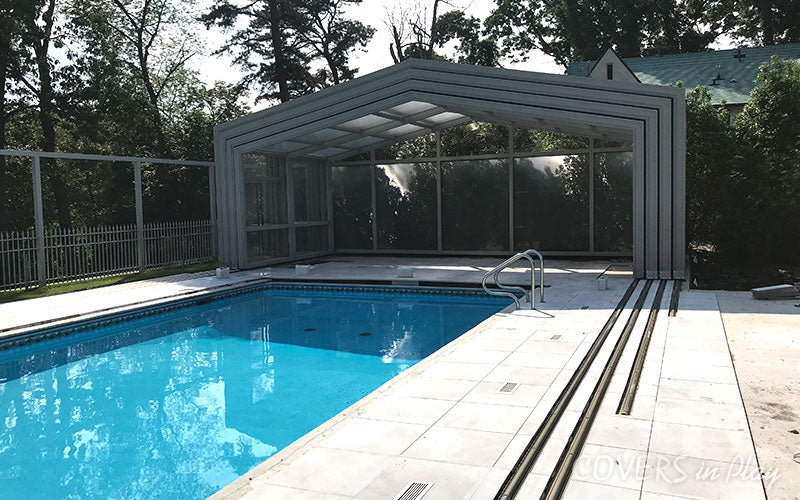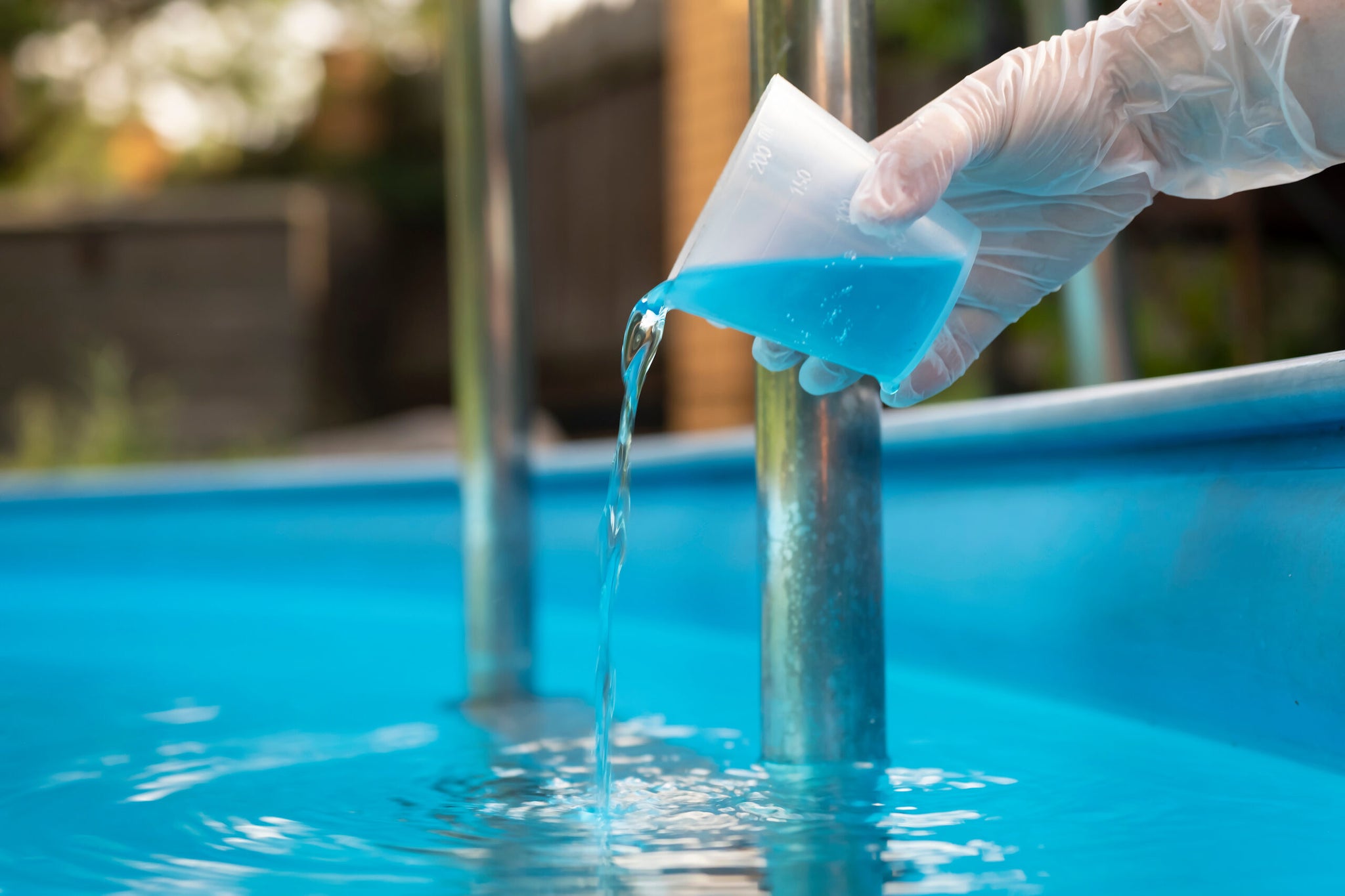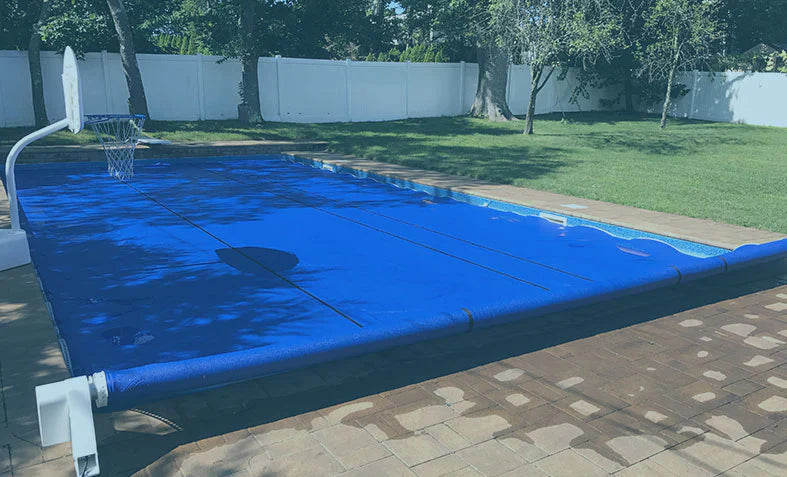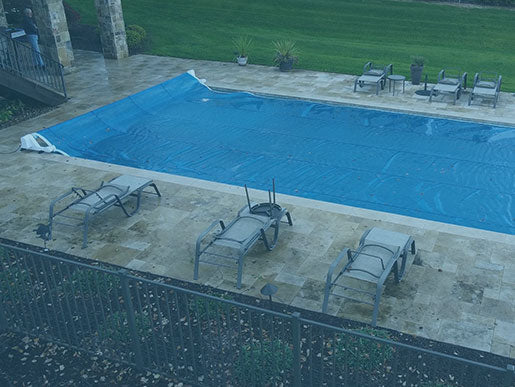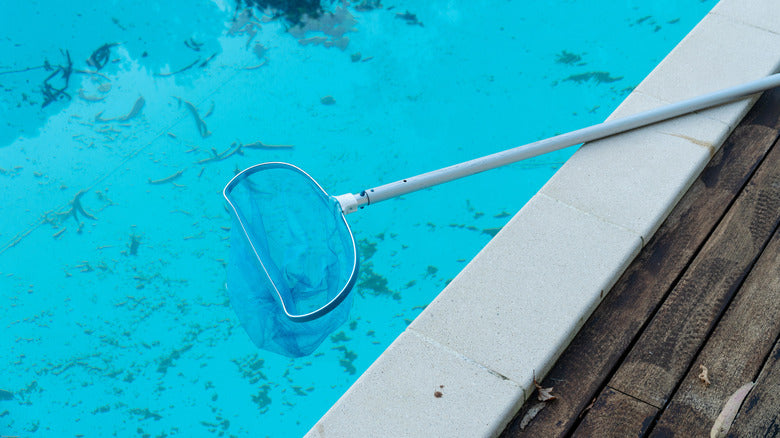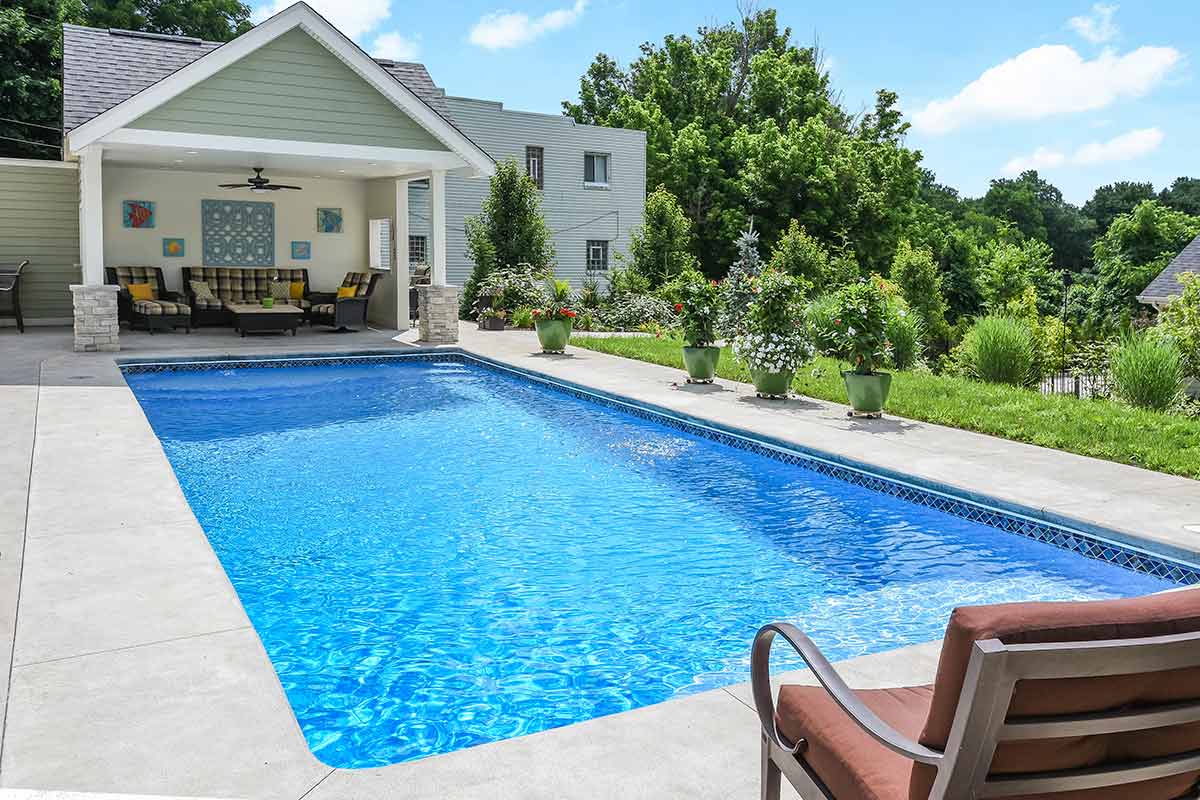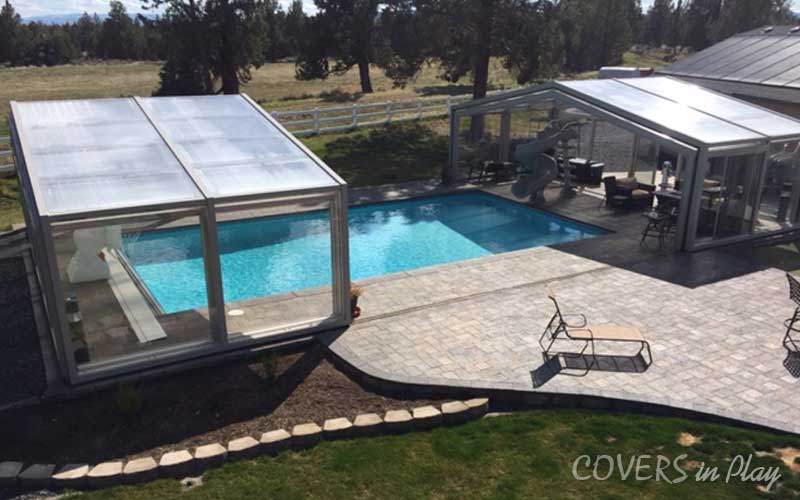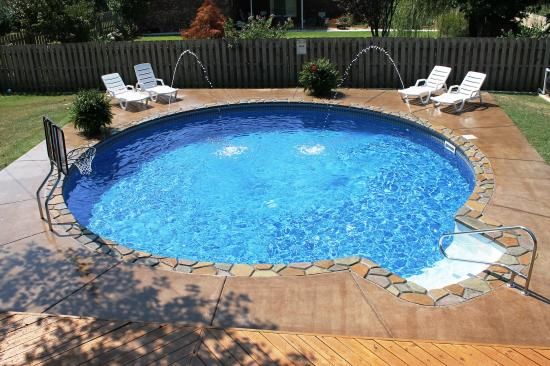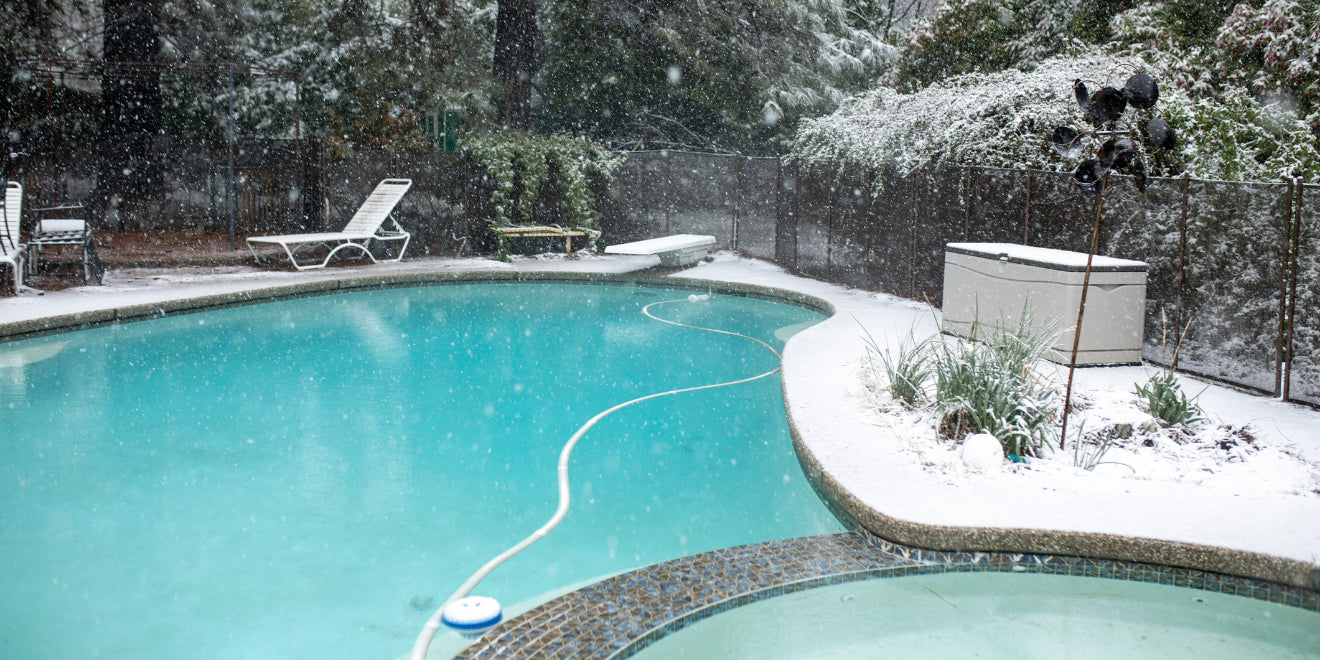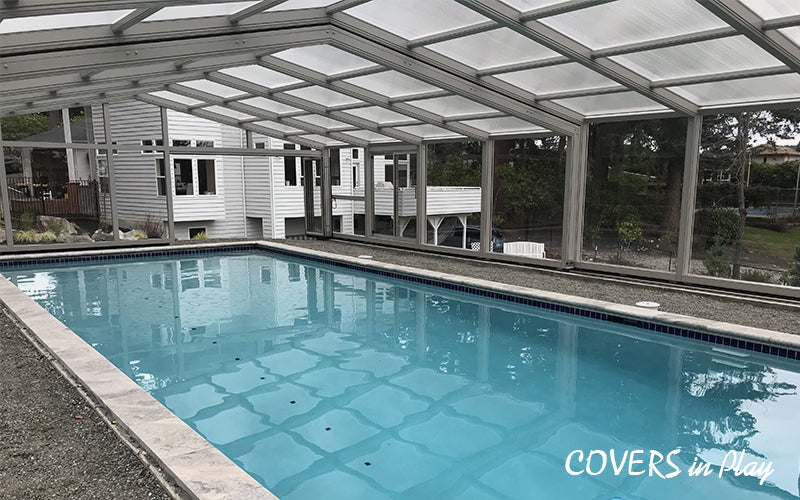
The Evolution of Pool Enclosures: A Historical Perspective
From ancient civilizations to modern-day luxury resorts, the concept of enclosing pools has a rich and varied history. Over the centuries, pool enclosures have evolved from rudimentary structures to sophisticated architectural marvels, reflecting changes in culture, technology, and societal values. In this exploration of the historical evolution of pool enclosures, we delve into key milestones and innovations that have shaped their development and enduring significance.

Ancient Origins: Pools in Antiquity
The practice of enclosing pools dates back thousands of years to ancient civilizations such as the Greeks, Romans, and Egyptians. In these early societies, pools played a central role in religious rituals, public bathing, and social gatherings. Enclosing pools with simple stone or mud-brick walls provided privacy, protection from the elements, and a sense of sanctity to these sacred spaces. Archaeological discoveries of ancient bathhouses and thermal complexes offer glimpses into the architectural ingenuity and cultural significance of early pool enclosures.
Medieval and Renaissance Europe: Courtyards and Gardens
During the Middle Ages and Renaissance periods, the concept of enclosed pools evolved within the context of castle courtyards and palace gardens. Enclosures took the form of ornate stone structures adorned with statues, fountains, and lush greenery, creating serene and secluded retreats for nobility and royalty. These enclosed pools served as symbols of wealth, status, and refinement, showcasing the sophistication of European architectural and landscaping traditions.
Industrial Revolution: Technological Advances
The Industrial Revolution of the 18th and 19th centuries brought about significant advancements in engineering and construction techniques, paving the way for more elaborate and functional pool enclosures. Innovations such as cast iron, steel, and glass revolutionized architectural design, enabling the construction of larger, more resilient structures. Victorian-era conservatories and greenhouse-style enclosures became popular in affluent households, combining aesthetic elegance with practical functionality for year-round enjoyment of pools and gardens.
20th Century: Rise of Modernism
The 20th century witnessed the emergence of modernist architectural movements characterized by simplicity, functionality, and integration with the natural environment. Pool enclosures of this era embraced minimalist design principles, emphasizing clean lines, geometric shapes, and transparency. The use of materials such as reinforced concrete, aluminum, and tempered glass allowed for the creation of sleek and contemporary structures that blurred the boundaries between indoor and outdoor spaces.
Contemporary Trends: Luxury and Sustainability
In the 21st century, pool enclosures have become synonymous with luxury resort living and high-end residential properties. Architectural firms and designers push the boundaries of innovation, creating custom-designed enclosures that combine state-of-the-art technology, sustainable materials, and cutting-edge aesthetics. Glass-bottomed pools, infinity edges, and retractable roofs are just a few examples of contemporary trends that redefine the concept of pool enclosures, offering unparalleled experiences of luxury and exclusivity.

Cultural Influences: Global Perspectives
Throughout history, pool enclosures have been influenced by diverse cultural traditions and practices from around the world. In Japan, for example, enclosed hot spring baths known as "onsen" have been a cherished part of the culture for centuries, providing relaxation and rejuvenation in natural thermal waters. Similarly, the Islamic tradition of "hammams" or communal baths in enclosed spaces reflects a reverence for cleanliness and purification. These cultural influences have shaped the design and function of pool enclosures, highlighting the universal human desire for communal relaxation and wellness rituals.
Technological Innovations: From Mechanics to Automation
Advancements in technology have played a pivotal role in the evolution of pool enclosures, from the introduction of mechanized retractable roofs to the integration of smart automation systems. In the mid-20th century, motorized mechanisms allowed for the seamless opening and closing of pool enclosures, enhancing convenience and usability. More recently, the advent of smart home technology has enabled remote operation and monitoring of pool enclosures via mobile devices, offering homeowners unprecedented control and flexibility in managing their aquatic spaces.
Environmental Sustainability: Green Design Practices
In response to growing environmental awareness, contemporary pool enclosures increasingly incorporate sustainable design practices aimed at minimizing ecological impact and maximizing energy efficiency. Green roofs, solar panels, and passive heating and cooling systems are among the eco-friendly features that reduce carbon footprint and energy consumption. Additionally, the use of recycled materials, rainwater harvesting, and natural landscaping techniques contribute to the overall sustainability of pool enclosures, aligning with the principles of environmental stewardship and responsible design.
Public Health and Safety: Regulations and Standards
In recent decades, concerns about public health and safety have led to the implementation of regulations and standards governing the design and operation of pool enclosures. Building codes, zoning ordinances, and health regulations specify requirements for structural integrity, ventilation, water quality, and accessibility to ensure the health and well-being of users. Compliance with these standards not only enhances safety but also instills confidence in the reliability and integrity of pool enclosures, fostering trust among consumers and regulatory authorities alike.

Adaptive Reuse and Revitalization: Transforming Urban Spaces
In urban environments, pool enclosures are increasingly being repurposed and revitalized as part of adaptive reuse projects that transform underutilized spaces into vibrant community hubs. Former industrial sites, warehouses, and urban waterfronts are being reimagined as mixed-use developments that integrate pools and recreational amenities within enclosed environments. These adaptive reuse projects not only preserve historic structures but also contribute to the revitalization of urban neighborhoods, fostering social interaction, economic growth, and cultural enrichment.
Conclusion: A Timeless Legacy
From ancient civilizations to modern-day marvels, the evolution of pool enclosures reflects the enduring human desire for relaxation, recreation, and connection with nature. Across cultures and centuries, the concept of enclosing pools has evolved in response to changing societal norms, technological advancements, and architectural trends. Today, pool enclosures continue to captivate our imagination, offering a blend of history, innovation, and timeless elegance that transcends generations and cultures. As we look to the future, the legacy of pool enclosures serves as a testament to the enduring appeal of aquatic sanctuaries and the transformative power of architectural design.
If you're interested in getting pool enclosures for your properties, contact us now at CoversInPlay!
